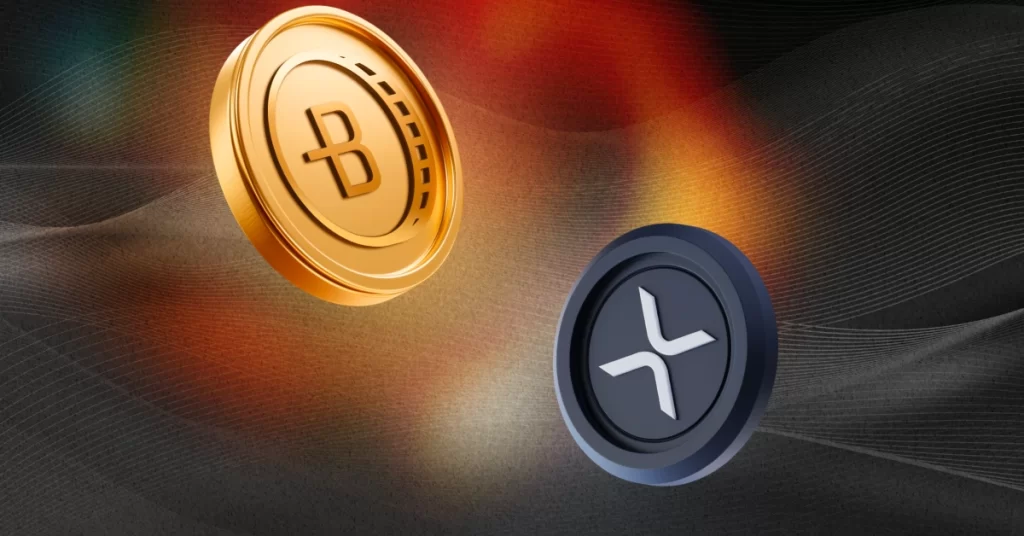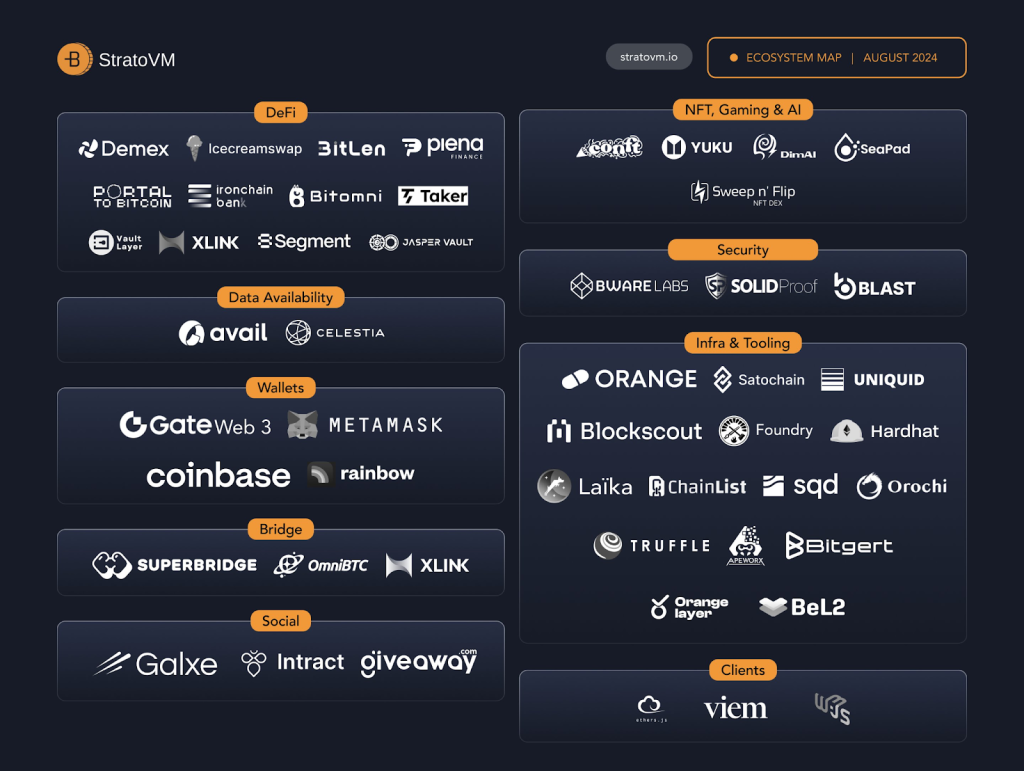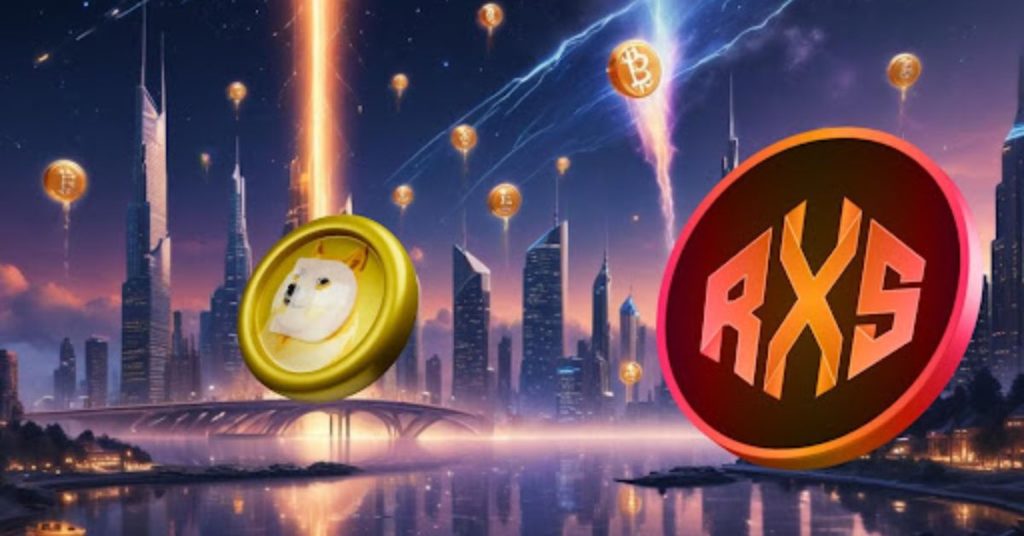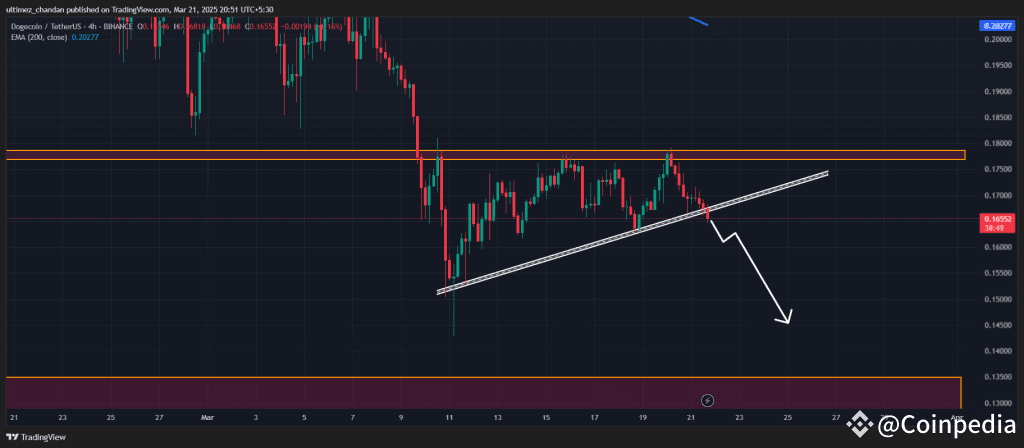
Ethereum (ETH) price is on a bullish path today, May 1, after crossing above $1,850 for the first time in more than three weeks. The gains come amid chatter that ETH may have hit a local bottom, with key on-chain metrics supporting this hypothesis.
ETH value today trades at $1,847 with a modest 2.62% gain in 24 hours. The uptrend coincides with a 60% spike in trading volumes, as the market eagerly awaits whether a breakout above the psychological level of $2,000 will happen next.

Has Ethereum (ETH) Price Bottomed as MVRV Z-Score Spark Speculation?
The Ethereum MVRV Z-Score has plummeted to an extremely oversold region, a move that has historically formed a bottom for this altcoin. Looking at past trends, each time the ETH price entered this zone, it was followed by a notable surge in the price.
For instance, in 2023, the MVRV Z-Score reached a local bottom as ETH plummeted to around $1,500. As soon as this metric flashed an oversold signal, a parabolic rally ensued within three months to above $3,800. In 2020, the Ethereum price surged 5x from around $200 to above $1,000 shortly after this indicator also became oversold.

If the above trend repeats, ETH price may have just found its local bottom within the $1,700 to $1,800 range, and it is now poised to make a bullish reversal.
Delta Growth Rate Signals ETH Recovery
At the same time, the Delta Growth Rate, a metric used to measure the ratio of ETH’s market cap against its realized cap has also plunged to bear market territory. Just like the MVRV Z-Score ratio, whenever this metric turns negative, it suggests that the Ethereum bottom is in, and the price eyes an upward trajectory.

Besides on-chain metrics, analyst sentiment also supports a bullish Ethereum price prediction and the argument that ETH has indeed bottomed. Titan of Crypto noted that ETH’s “monthly RSI is back at the same level where the altcoin has historically bottomed. Merlin the Trader also opines,
“In 2020, Bitcoin consolidated at $8K… Most ignored it. Then it hit $64K. Today, Ethereum is showing the exact same structure. Accumulation. Compression. Explosion loading.”
The combination of these on-chain metrics and analysts’ views supports the argument that the bottom is in, and ETH price may breakout past $2,000 to multi-month highs is possible.
Ethereum Price Analysis as Rally to $3,000 Beckons
As on-chain metrics indicate that the Ethereum price bottom is in, a rally to $3,000 may be on the horizon, and the daily price chart supports the likelihood of this happening in the coming months.
ETH has broken out of a descending parallel channel, indicating that it wants to overcome the downward trend and push higher. A confirmation of this breakout will occur if ETH makes several decisive closes above the upper trendline and overcomes the first resistance level at $2,112.
If Ethereum can flip this first resistance level and also overcome the next hurdle at $2,472, it will be prime for the next run-up towards $3,064.

Technical indicators support this bullish thesis, with the RSI making higher highs as the CMF maintains levels above 50, indicating that sellers are not overpowering buyers despite market-wide uncertainty. However, this bullish thesis will be invalid if the Ethereum price slips below the mid-line of the descending channel.
The post Ethereum (ETH) Price Today: Is ETH Bottom In? appeared first on CoinGape.













